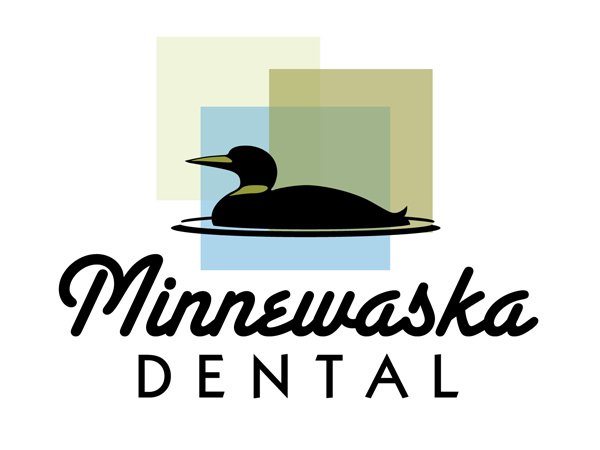Preventative Services
DENTAL EXAMS
An oral examination includes a thorough inspection of all the teeth and soft tissues of the mouth. The dentist and dental hygienist will look for signs of decay, leaking or worn-out fillings, and fractures of the teeth. They will also assess overall health and oral hygiene, including signs of gum disease. The patient's bite and jaw heath is evaluated. Dental exams might also include counseling about diet, use of tobacco products, and other lifestyle factors that can affect oral health.
PREVENTATIVE PROPHYLAXIS
A complete examination of the gum tissue and surrounding structured of the teeth is performed by the dental hygienist to monitor the presence or progression of gum disease. A thorough cleaning of the teeth to remove plaque and hard deposits that form below the gumline and around each tooth can help to prevent decay and gum disease when performed at regular intervals.
RADIOGRAPHS
Dental X-rays are an important part of a diagnosis. A complete series of X-rays will capture the root tips of all the teeth and bone surrounding them, looking for decay, bone loss, and oral cancer. It is recommended every 3-5 years. Bitewing X-rays capture a limited view and are usually taken on a yearly basis. They allow the dentist and hygienist to look in between the teeth to monitor for decay and bone loss.
ORAL CANCER SCREENING
During the dental exam, the dentist and hygienist will look for signs of oral cancer. This can include feeling under the jaw, the sides of your neck, and the insides of your lips and cheeks. They will also examine the sides of your tongue and the roof and floor of your mouth.
PREVENTATIVE EDUCATION
Your dentist and hygienist will demonstrate proper cleaning techniques for your teeth or dentures. They may also inform you about how your lifestyle factors, medications, and overall health may be effecting your oral health.
FLUORIDE
Fluoride is a natural element found in the earth's crust as well as water and air. Fluoride helps developing teeth in children by mixing with the tooth's enamel to make it harder and more resistant to decay. Fluoride also helps by replacing the mineral lost in the developed teeth in adults and children to give them some cavity protection.
SEALANTS
A preventative sealant is a plastic coating that is painted in the pits and grooves of the permanent molars to prevent decay. They are most effective when applied soon after eruption of the first and second permanent molars, usually around ages 6 to 12.

